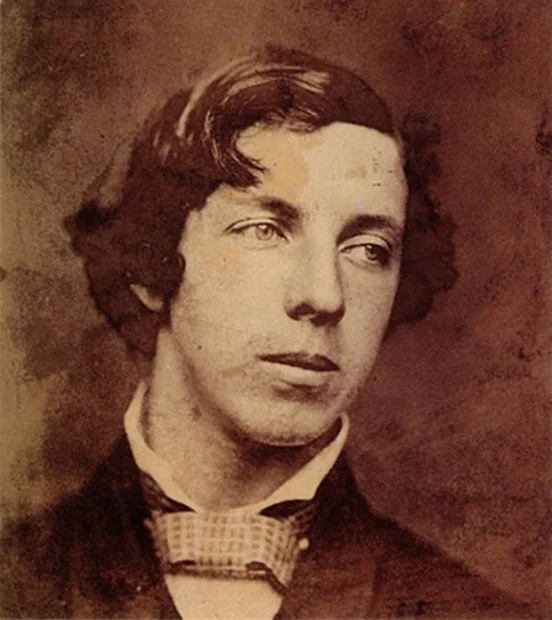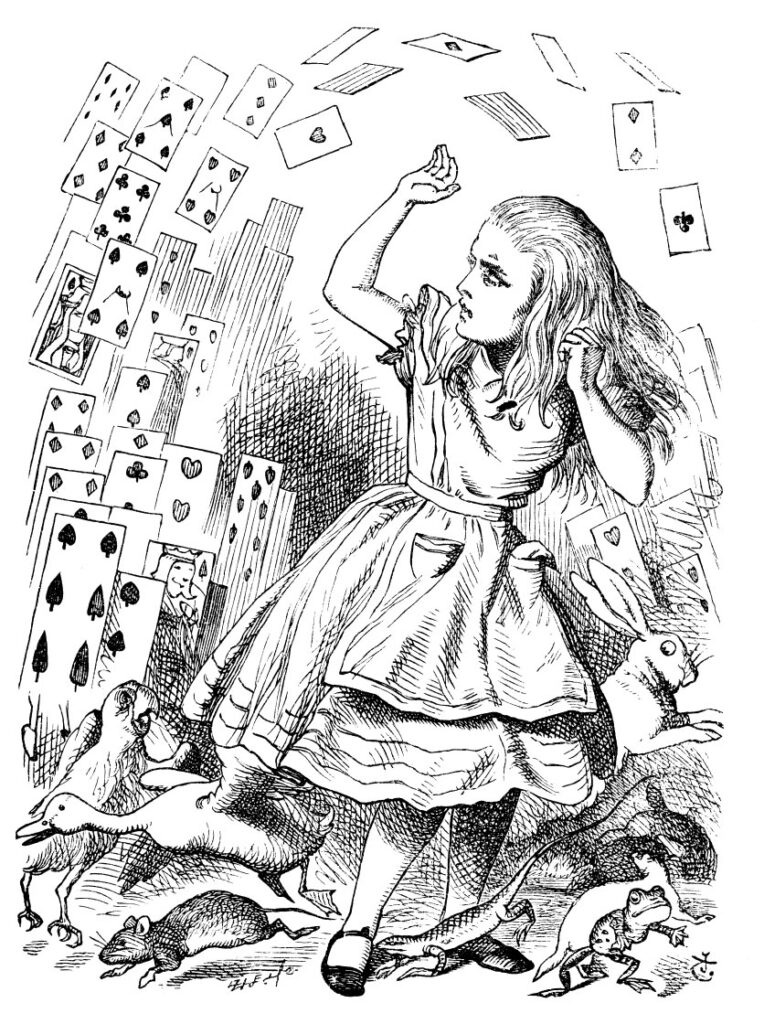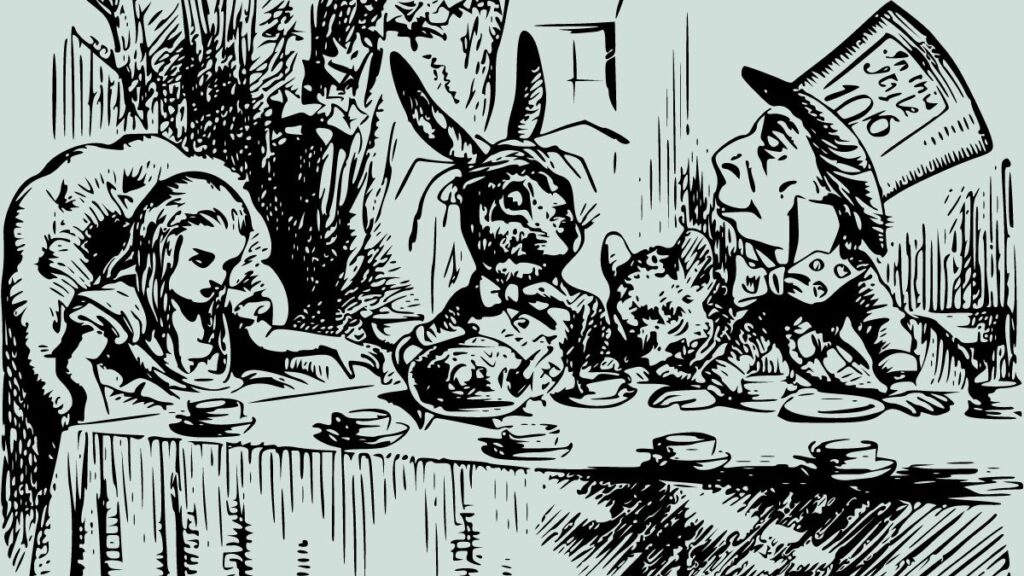On July 4, 1862, Alice first encountered the White Rabbit, The Mad Hatter, and Queen of Hearts, and all the other residents of Wonderland. But did you know she was dreamed up by a math professor telling a story at a summer picnic? Read all about how Lewis Caroll concocted a fantasy classic.
Charles Dodgson was a serious academic and religious figure — a mathematics professor at Oxford University and a minister in the Church of England. In the 1850s, he became close friends with Oxford dean Henry Liddell, and frequently accompanied the Liddell family on family excursions. Dodgson liked to entertain the kids with pictures and fantastical tales he’d make up on the spot. During a picnic in July 1862, Dodgson made up a story about a girl named Alice — ostensibly eight-year-old Alice Liddell — who chases a rabbit into a hole in the ground and ends up having a wild adventure full of strange and baffling creatures.

Charles Dodgson was a serious academic and religious figure — a mathematics professor at Oxford University and a minister in the Church of England. In the 1850s, he became close friends with Oxford dean Henry Liddell, and frequently accompanied the Liddell family on family excursions. Dodgson liked to entertain the kids with pictures and fantastical tales he’d make up on the spot. During a picnic in July 1862, Dodgson made up a story about a girl named Alice — ostensibly eight-year-old Alice Liddell — who chases a rabbit into a hole in the ground and ends up having a wild adventure full of strange and baffling creatures.
The Liddell kids loved to hear Dodgson tell his story, asking him to repeat it often. Alice Liddell, in particular and not surprisingly, loved the story she inspired, and requested Dodgson write it down so she could read it to herself whenever she liked. Dodgson did her one better. In 1865, he saw to having it published.
Alice’s Adventures in Wonderland was credited to Lewis Carroll. Dodgson wanted to keep his academic and ecumenical work separate from his less respectful work writing frivolities, so he used that pen name, derived by translating his first and middle names into Latin and then back again. Thus, Charles Lutwidge became Carolus Ludovicus, and then Carroll Lewis, or Lewis Carroll.
Upon its initial publication, Alice’s Adventures in Wonderland was a critically-savaged flop. It was just too new, and too innovative. It bucked the tradition of children’s literature talking down to its audience, and because it was written mostly off the cuff, it packed a loose, stream-of-consciousness vibe at odds with the staid and particular style of British literature of the 19th century. Many of those already put-out critics dismissed the book as nonsense almost totally impenetrable if not for the illustrations by John Tenniel, which explained Alice’s adventures when Carroll’s words could not.

While critics didn’t care for the first book attributed to Lewis Carroll, audiences were a different story. It became a bestseller, because the public actually craved something fresh and unique and also wanted to see what all those stuffy critics in the major publications of the day were complaining about. Within six years, Alice’s Adventures in Wonderland sold so well that Dodgson published a well-received sequel, Through the Looking-Glass, and What Alice Found There. Oddly, that book was written in honor of a young Alice, but a different one than before — Dodgson was inspired by his niece, Alice Theodora.








